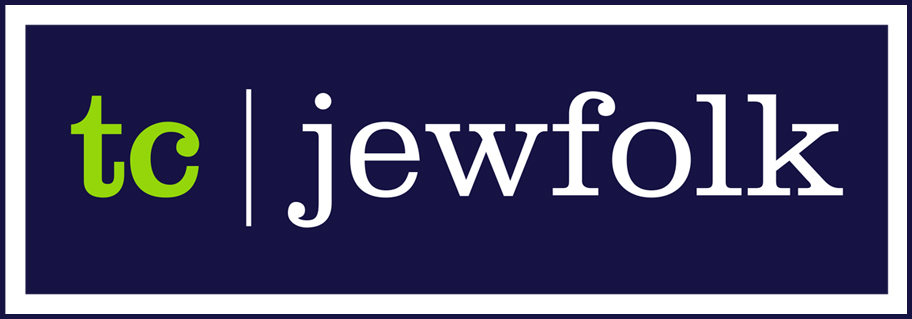Like anything new, bold and innovative, there will always be push-back. This resistance stems primarily from that fact, like any alteration in the status quo, that it challenges the boundaries and limitations of people’s comfort zone. The opposition then, typically, couch their sentiments in intellectual apologetics and rationale. Eventually, however, progress has its way. All the armies of stagnation cannot stop the progressive idea whose time has come. The stage of resistance is transitory as well. Eventually, the idea is begrudgingly accepted and adapted and evolved, until it becomes part and parcel of reality as we know it. As the quote often attributed to Gandhi goes: “First they ignore you, then they ridicule you, then they fight you, and then you win.”
Sociologists, philosophers and theologians can debate whether this laissez-faire attitude and its influence on the general public is the result of democracy and individual liberty carrying the day, or the outcome of societal indifference and a decline in standard, or some indistinguishable amalgam of both. Either way, embedded within reality – imperfect as it may be – are constructive lessons that can be applied to our lives, so that we may live higher and deeper.
Today, the holiday of Chanukah enjoys unprecedented popularity and has become one of the most observed Jewish holidays – rivaled only by the Pesach Seder – by Jews of all denominations and states of affiliation. This was not always the case. Many of us remember a time where the only thing Chanukah meant for a Jewish kid was that theirs was the only home on the block which was not decked-out with ornate holiday lights, or that they were the only one amongst their friends that was not cheerfully compiling a list of gifts for an invisible late-night visitor.
Some attribute this uptick in Chanukah “PDA” to the fact that Chanukah is celebrated in conjunction or in close proximity to Christmas; that we Jews have a “Santa envy” of sorts. However, I would like to suggest that a closer look at history will reveal a “watershed” moment that sparked a movement and a revolution. It took Chanukah out of the proverbial closet.
In 1973, “The Rebbe,” Rabbi Menachem M. Schneerson, of blessed memory, considered by many to be the most influential rabbi in modern history, launched a worldwide Chanukah campaign, in an effort to create awareness and promote observance of Chanukah. Invoking the personal and communal obligation to “illuminate the word”, he would point out that “a little light expels a lot of darkness.” The first public menorah was lit, in 1974, in front of Independence Hall, which houses the Liberty Bell.
To quote the internet’s largest and most popular depository of reference work: “Hanukkah became more widely celebrated beginning from the 1970s, when Rabbi Menachem M. Schneerson called for public awareness of the festival and encouraged the lighting of public menorahs.”
Fast-forward 40-plus years: These menorahs and other public displays of Chanukah have become a staple of Jewish cultural and religious life forever altering the practice and perception of the festival. “Jews from Moscow to Minnesota, from Monaco to Martinique, gather every year to celebrate the holiday with the lighting of an oversized menorah, usually 9-feet tall or more, and often towering above the celebrants.”
The Menorah serves as a symbol of our nation’s dedication to preserve and encourage the right and liberty of all its citizens to worship G-d freely, openly, and with pride. Here in America — a nation founded upon and that vigorously protects the right of every person to practice his or her religion free from restraint and persecution — the Menorah takes on profound significance, embodying both religious and constitutional principles.
Join one of the many celebrations around the Twin Cities communities, including, but not limited to the lighting at the Minnesota State Capitol at sunset on the first night of Chanukah, and join Chabad of Greater St. Paul at our first public Menorah lighting, “Light Up – Mendota Heights” at the Mendota Square on Tuesday evening, Dec. 12 at 6 p.m.

